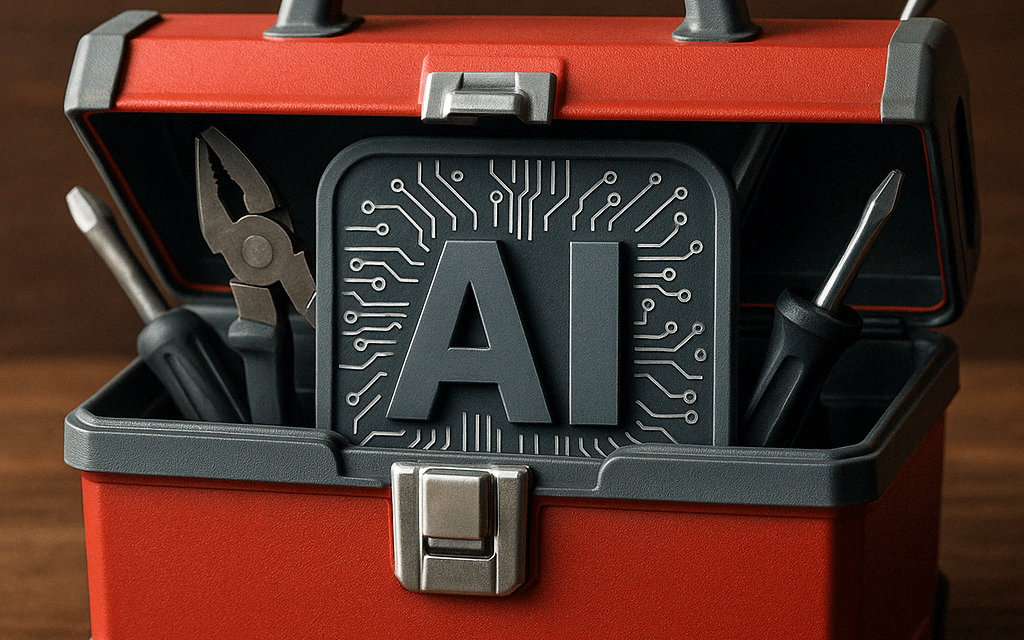Small shifts—like AI-guided preventative maintenance and triage—are helping service teams cut downtime and boost first-time fix rates.
By Alyx Arnett
Aquant’s 2025 Medical Device Service Benchmark Report revealed a widening gap between top- and bottom-performing service teams across the medical device industry. Based on an analysis of nearly 9 million service events, the report found that high-performing organizations are lowering costs, reducing downtime, and extending time between service visits through smarter, more proactive strategies.
But what exactly are these top teams doing differently—and how can others begin to adopt similar approaches?
Aquant president and co-founder Assaf Melochna offers guidance for service leaders seeking to move away from reactive break-fix models and toward more predictive, efficient operations.
What Sets Top Performers Apart
While AI plays a central role in enabling more effective service, Melochna emphasizes that it’s how teams integrate the technology—alongside operational changes—that sets them apart.
“Across the service industry, especially in the medical device sector, the top-performing teams are integrating emerging technologies like AI and machine learning into their workflows to make service faster and accelerate the time it takes to upskill technicians,” Melochna says.
According to the benchmark report, top-performing teams achieve first-time fix rates as high as 86%, resolve issues in three days, and extend the time between service visits to nearly 150 days. “What sets them apart is a proactive service model that minimizes repeat parts replacement and prevents misdiagnoses,” he says. “These organizations empower their technicians with real-time insights, historical service data, and guided troubleshooting support. Having an AI-empowered technician gives every teammate the knowledge of an expert without having to constantly ask their service managers the next steps.”
First Steps for Reactive Organizations
For organizations still relying primarily on reactive service models, Melochna recommends starting with investing in visibility—specifically, “gaining insights from historical service data and performance patterns,” he says.
He explains that this visibility can help teams identify the underlying causes of repeated service calls and ineffective preventative maintenance (PM). AI-powered remote diagnostics can play a role here, identifying basic, often-overlooked issues that may not require a technician at all.
“These tools also enable condition-based maintenance, replacing calendar-based guesswork with real-time, data-driven decisions,” he says. “By putting more control in the hands of customers and focusing on small wins, like improving PM effectiveness or reducing parts shotgunning, organizations can drive meaningful, compounding improvements over time.”
Supporting Technicians in the Field
As medical devices become more complex and service teams face widening experience gaps, top-performing organizations are finding new ways to support technicians in the field.
“Top performers are closing the Service Expertise Gap™ by giving every technician instant access to tools, documentation, and AI-assisted decision support,” he says. “This includes knowledge-sharing platforms that aggregate manuals, past repairs, and expert insights into one searchable source. By going beyond just analyzing manuals and past repairs and contextualizing actual service notes, these AI-powered tools are creating much more accurate results.”
Some tools even personalize recommendations based on the technician’s skill level, the specific machine, and the service context, “ensuring the right fix happens on the first visit and reducing unnecessary follow-ups,” he adds.
Improving Preventative Maintenance
PM is another area where lower-performing teams often struggle. The report found that nearly one in four devices serviced by these organizations required follow-up within three months of a PM visit.
“That points to missed warning signs and ineffective servicing, especially from novice technicians without access to more experienced workers as onsite mentors,” says Melochna. “One of the biggest mistakes is treating preventative maintenance as a checklist rather than a strategic, data-informed process.”
He notes that AI can tailor actions to each asset’s history and condition—rather than relying on routine schedules, allowing technicians to deliver more targeted service. “When technicians understand failure trends and equipment-specific needs, they can take more targeted action and actually prevent breakdowns,” he says.
Addressing Parts Shotgunning
Excessive or incorrect parts replacement remains another challenge for service teams, often indicating a lack of diagnostic confidence. Melochna notes that this practice continues to drive up costs, especially amid high customer expectations and rising prices for machine parts.
“Repeat parts replacement is a costly signal of uncertainty in the diagnostic process,” he says. “The supply chain issues of the past may not be as prevalent, but the rising costs of machine parts are only making service visits more expensive in tandem with rising customer expectations.”
He says that analyzing parts usage patterns across technicians, product lines, and customer sites helps pinpoint where inaccurate fixes or inventory gaps are driving inefficiencies. AI can flag these insights in real time, reducing waste and improving service accuracy. “It’s about replacing the right part, not just the most commonly replaced one,” he says.
Getting Started with Shift Left
As part of a move toward smarter service, many teams are exploring a “Shift Left” strategy—which focuses on addressing issues earlier, before they escalate into larger problems. This might include remote triage tools, AI-guided troubleshooting, or enabling hospital staff to resolve simple issues themselves.
For companies just beginning to explore Shift Left strategies, “start by enabling more issues to be resolved earlier in the service journey, particularly those that can be solved by a customer without a technician’s help,” Melochna says. “This is done by implementing AI-guided self-service or remote triage tools for hospital staff or contact center reps. If a basic issue, like a filter needing replacement, can be identified and resolved without dispatching a technician, that’s a win.”
Tracking Progress
To measure progress, Melochna advises service leaders to look beyond a single metric and instead consider how their strategies impact the broader service ecosystem.
“Improvements in first-time fix rates, faster resolution times, longer gaps between service visits, fewer failures after preventative maintenance, and a drop in repeat parts replacements—those are all strong indicators that your team is moving from reactive to proactive service,” he says. “When those numbers trend in the right direction, it means you’re not just solving problems faster—you’re preventing them in the first place.”





